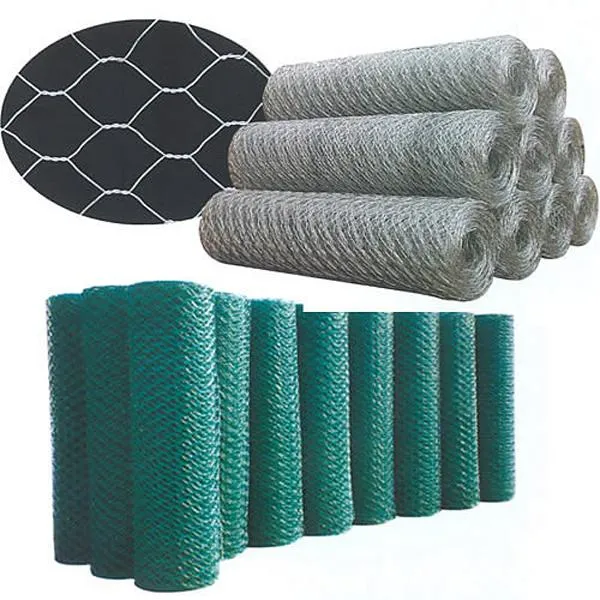
- Mobile Phone
- +8613931874955
- sales@cntcmetal.com
masonry wall ties
Understanding Masonry Wall Ties Essential Components for Structural Integrity
Masonry wall ties are critical components in the construction and stability of buildings made from brick, stone, or concrete blocks. These ties play a vital role in ensuring that the outer masonry walls are securely anchored to the inner structural framing, providing both strength and flexibility. Their importance cannot be overstated, especially in preventing structural failure and ensuring longevity in various weather conditions.
What are Masonry Wall Ties?
Masonry wall ties are metal or plastic components that connect masonry units to the structural framing of a building. They are typically installed vertically and horizontally within the walls to create a bond between the outer veneer of brick or stone and the internal load-bearing walls. This connection helps distribute loads evenly and resists lateral forces such as wind pressure or seismic activity.
Types of Masonry Wall Ties
There are several types of wall ties available, each designed for specific applications and environmental conditions. The most common types include
1. Stainless Steel Ties Known for their corrosion resistance, stainless steel ties are ideal for environments with high moisture, such as coastal areas or regions with frequent rain.
2. Galvanized Steel Ties These ties are coated with a layer of zinc to protect against rust and corrosion. They are often used in residential construction where exposure to moisture is less severe.
3. Plastic Ties Lightweight and resistant to corrosion, plastic ties are suitable for low-load applications. However, they may not provide the same strength and durability as metal ties.
masonry wall ties

Installation and Best Practices
Proper installation of masonry wall ties is crucial for their effectiveness. Here are some best practices to ensure that wall ties function correctly
- Spacing Wall ties should be installed at regular intervals, usually every 16 to 24 inches apart, depending on the specific building codes and the weight of the masonry materials used.
- Alignment Ties must be set in a straight line and securely fixed to both the masonry and the framing elements. Poor alignment can lead to structural problems later.
- Mortar Coverage Ties should be embedded in mortar to ensure they are effectively anchoring the masonry units. This coverage helps to protect the ties from environmental damage and provides additional stability.
- Regular Inspection Conducting regular inspections of wall ties can help identify any issues before they become critical. Look for signs of corrosion, looseness, or damage that could compromise the tie's integrity.
Conclusion
Masonry wall ties are essential for maintaining the structural integrity of buildings. They provide the necessary anchoring between masonry exteriors and structural frameworks, ensuring stability and safety against various external forces. By understanding the types of ties available, their installation, and the importance of regular inspections, builders can create safer, longer-lasting structures that withstand the test of time and environmental challenges. As construction techniques evolve, staying informed about the latest advancements in masonry wall ties will continue to support the integrity of our built environment.
share:
-
Understanding Wall Ties: Types and ImportanceNewsApr.28,2025
-
Top Products for Your Yard and Signage NeedsNewsApr.28,2025
-
The World of SpringsNewsApr.28,2025
-
Masonry Accessories: Essential for Building Strong FoundationsNewsApr.28,2025
-
Fencing Solutions for Every NeedNewsApr.28,2025
-
A Comprehensive Guide to Iron Wire for Your Construction NeedsNewsApr.28,2025
-
The Versatility of Wire Tension SpringsNewsApr.16,2025



















